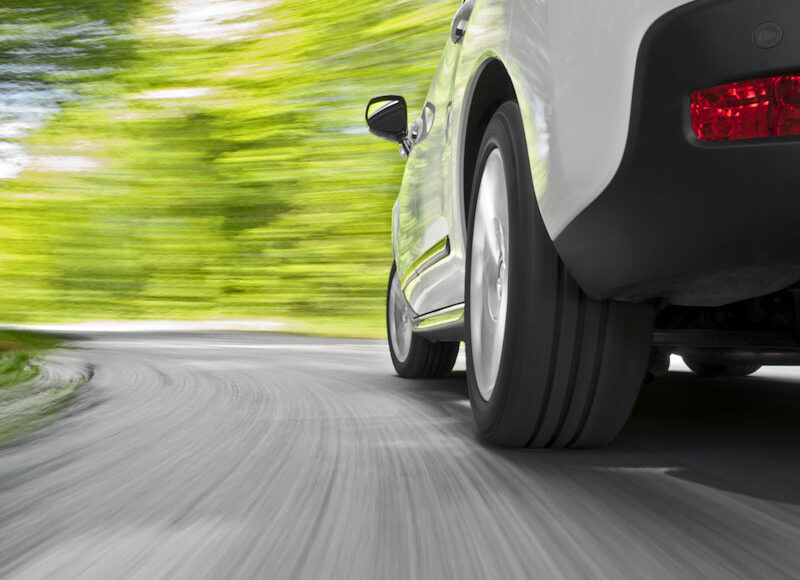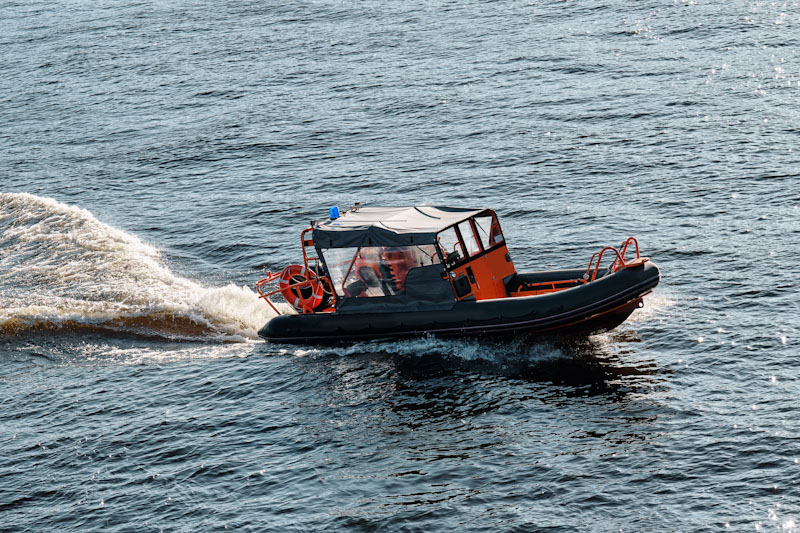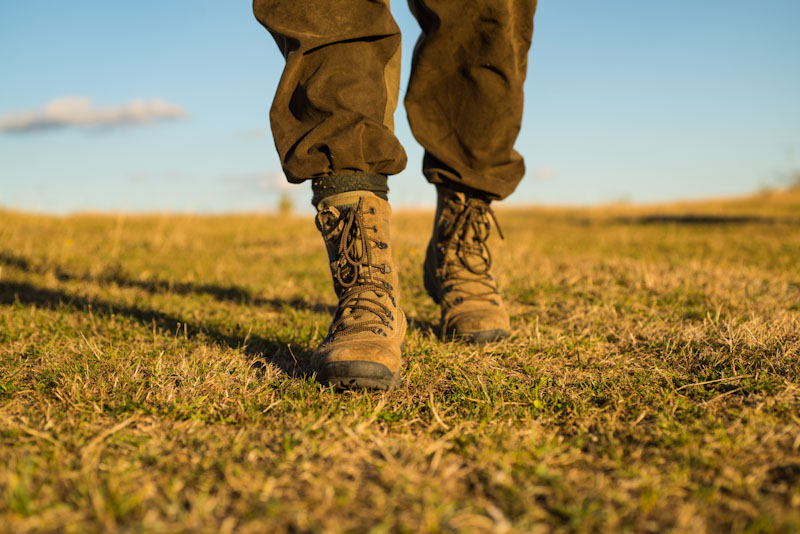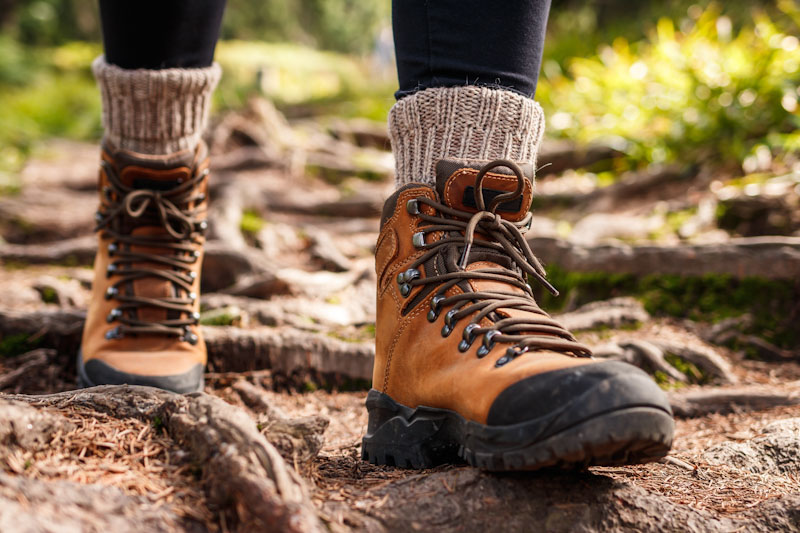One of the biggest concerns we face, when it comes to bugging out, is running out of gasoline. That’s especially true in a mass evacuation, as the people of Florida have experienced, the various times their state government has called for a mass evacuation due to hurricanes. There’s always a problem with gas stations running out of fuel, even with extra trucks coming into the state to help resupply them.
The general consensus of opinion within the prepping community, is that the highways will probably become one big parking lot, as cars run out of gas or overheat. Once that happens, it’s going to be difficult getting anywhere, even if you do have fuel. There will still be ways, for those who have planned it out and are ready. But it’s going to take more work bugging out, once things get to that point.
We must take all of this into account, when planning our personal bug out. Don’t expect things to go according to your plan. Rather, plan as if everything that can go wrong, will go wrong. Maybe then you’ll be ready for what you’ll end up facing.
Choose Your Bug Out Vehicle Wisely
You can find a lot of pictures of really cool looking bug out vehicles online; but I always wonder just how practical they are. It seems that the people who own those vehicles are thinking that bug out means get lost in the middle of nowhere, where nobody else can follow. If that’s your bug out plan, more power to you. I hope it works out. Just make sure you’re going to have shelter and supplies when you get to where you’re going.
Granted, there are times when it makes sense to off-road and where a four-wheel-drive vehicle can be useful. But those big 4x4s tend to be gas hogs. So, unless you have a practical plan to make use of the vehicle’s capability, that might not be the best possible bug out vehicle for you. It might make more sense to get something smaller, which gets better fuel mileage.
Of course, the other problem is balancing fuel economy and cargo capacity. While you want the most economic vehicle possible to drive, with the best possible fuel mileage, you also want to be sure that you can carry everything you need.
Keep Your Tank Full
Always keep the gas tank of your bug out vehicle full; or, at least as full as you can. I personally fill my tanks when I reach half. That’s not full; but it’s better than being almost empty. To make up the difference, I always have enough full cans of fuel in the garage, that I can use to top off my tank before leaving town.
If I had a bug out vehicle which I wasn’t driving all the time, I would make sure that I kept the tank full, or as close to full as possible. It may seem a bit extreme to fill the gas tank every few days; but I know a lot of people who gas up every day. The only difference is that they’re only putting five or ten dollars’ worth of gas in the car every day, keeping the bottom half of the tank full, instead of the top half.
Have Extra Gas On-hand
Speaking of extra gas, having enough extra gas on-hand to fill your tanks really isn’t enough. With the high probability that gas stations will run out of gas, you should have enough gas, in cans, to fill your tank again, once it gets down to just about empty. That way, while everyone else is hunting for a gas station that has gas, or sitting in line to buy some, you’ll be able to fill your tanks from your gas cans and keep on going.
There’s only one problem to this idea; that is, gas doesn’t store well for extended periods of time. You can only get about six months out of it, before it goes bad, with the most volatile hydrocarbons evaporating out of it. Storing gas in metal gas cans, rather than plastic helps, as those hydrocarbons can’t leach out through the metal, like they can the plastic. You can also get more life out of your stored gas by adding a fuel stabilizer.
Probably the best solution is to this problem with gas going bad is to rotate your stock. In other words, empty out and refill one of your gas cans every month or two weeks, putting the gas in your car. The fresh gas you put in the can should be good for six months and the gas you put in your car can be burnt, just as if you had bought it at the pump. Always date the cans, so that you know how long the gas in them has been in your stock.
Leave Early
One of the best things you can do, to save gas and make sure you’ll get to your destination, is to leave early, before the mass exodus. That will be tricky to do, as it will require you making a decision to bug out, before officials call for a mass exodus. You’ll need good information, and the ability to act decisively on that information.
One problem with this is that you might bug out, only to find out that you didn’t really need to. There’s no real solution for that, unless it is to have a cabin in the woods as your survival retreat and take the unnecessary bug out as a chance for a weekend at the cabin.
Of course, there’s no guarantee that you’ll be able to beat the rush. If you don’t, then the best thing to do will probably be to wait out, letting everyone else leave first. Then, after waiting for the traffic to die down. You can bug out; hopefully, without having to sit in a long line of traffic. Of course, that has its own risks too, as it might give whatever you’re leaving town to get away from, time to arrive.
Turn Your Engine Off
I’ve been caught in a few traffic jams, giving me an idea of what a bug out will be like. One thing I’ve never understood, is people sitting there, with their engine running, even though they know that they’re not going to move. Not only does that waste fuel they’re going to need, but it helps ensure that everyone is breathing in those exhaust fumes.
Assuming that your vehicle is running well, it makes a whole lot more sense to turn the engine off and wait till you need it, before starting it again. That will allow you to conserve gasoline, until you actually need it. If your engine is running good, you can restart it dozens of times, without having to worry about running your battery down.
Keep in mind that they are now building cars where the engine automatically shuts off, whenever you come to a start, then restarts when you push on the gas. They wouldn’t be doing that, if the battery and starter couldn’t handle it.
If the Traffic Stops, Make Camp
There may be times when it becomes clear that the traffic isn’t going to move, or move quickly enough, so that it makes sense to stay in the traffic flow, just sitting there in your vehicle. Should that happen, then the best thing you can probably do is to find a place to get off the road and set up camp for the night, waiting it out.
There’s a huge risk in doing this, especially in situations where the roads will be filled with near-panicked people. Those people won’t be as well prepared as you are and some of them might see you as a source of supply for whatever they are lacking. If that means having to get rid of you, then that’s just too bad.
The solution to this potential problem is to make sure that you get far enough off the road, before setting up camp, that they can’t see you and hopefully will have trouble finding you. That will hopefully help protect you from a middle of the night attack.
Have an alternate Off-Road Route You Can Use
Finally, if you’re going to be driving a four-wheel-drive vehicle as your bug out vehicle anyway, develop a route where you can make use of that vehicle’s ability. Rather than sitting in traffic and blocking the view of the vehicle behind you, go off-road and either find a way to get to where you’re going or at least get to a temporary place of safety, possibly setting up camp until the traffic passes.
The only way you’ll be able to do this is through extensive scouting of your intended bug out route, seeking out the places where you can leave the road and where you will be able to go, once you do get off the road. That way, you won’t just be stumbling about blind, hoping that you can find someplace to go, where there isn’t a line of traffic. Remember, going off-road increases your gas consumption, so plan accordingly.











Leam | April 27, 2024
|
My plan was to live in a place I don’t need to bug out from. So far it’s worked.